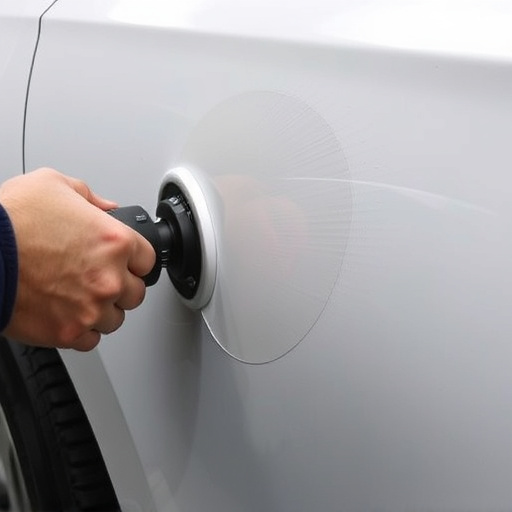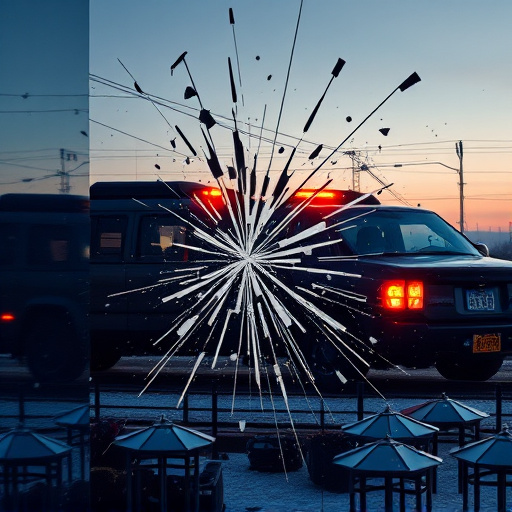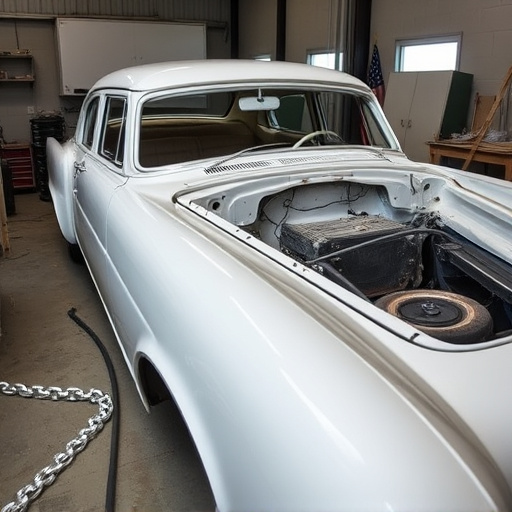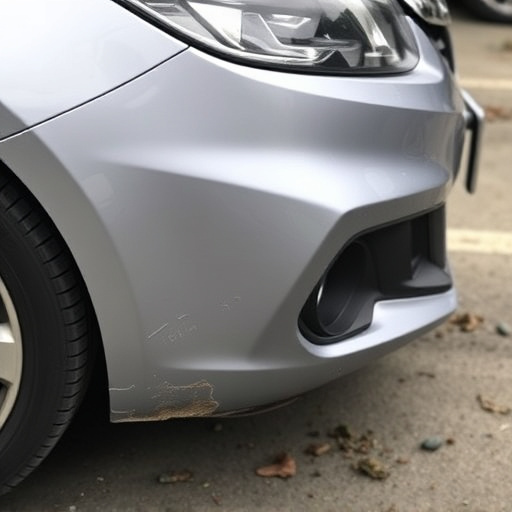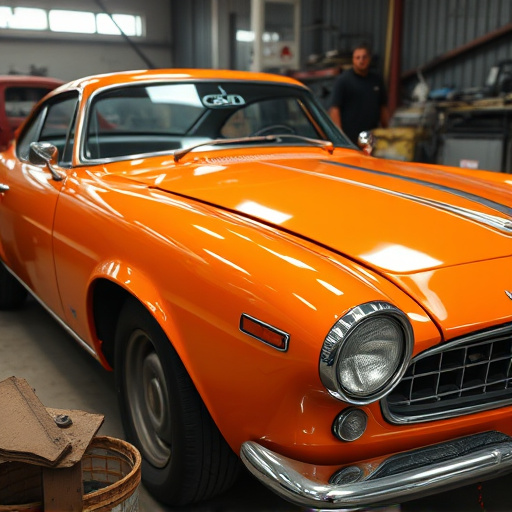A PDR specialist restores vehicles' original appearance using advanced tools and techniques to remove dents and scratches without painting or replacing panels. To ensure a seamless process, proactively prepare insurance details, damage descriptions, repair records, and vehicle specifics. Wash and detail your car, secure loose items, and make recent repairs visible for a thorough assessment by the PDR specialist.
“Preparing for a visit from a PDR (Paintless Dent Repair) specialist is crucial for ensuring a smooth and effective repair process. This guide outlines essential steps, starting with understanding the role of a PDR specialist—a skilled technician specializing in minimizing dent damage. Next, gather all necessary documents and information related to your vehicle. Lastly, prepare your vehicle by ensuring it’s clean and ready for inspection. By following these steps, you’ll be well-prepared for a successful PDR session.”
- Understand the Role of a PDR Specialist
- Gather Necessary Documents and Information
- Prepare Your Vehicle for Inspection
Understand the Role of a PDR Specialist
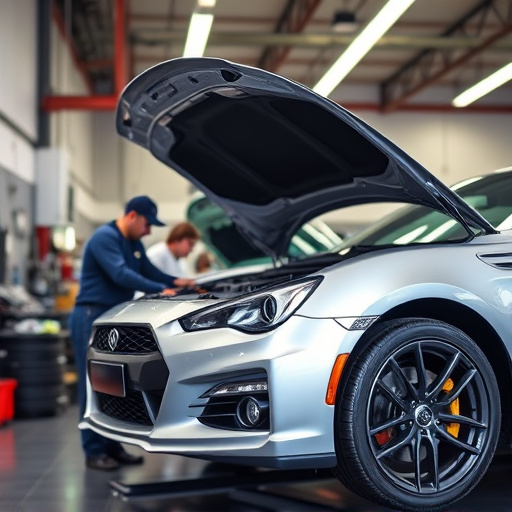
A PDR specialist, or Paintless Dent Repair technician, is a skilled professional who specializes in restoring vehicles’ original appearance by removing dents and scratches from their surfaces without painting or replacing the damaged panels. They’re experts in using advanced tools and techniques to perform precise repairs, ensuring that the car retains its value and beauty. These specialists are particularly adept at handling hail damage repair, making them invaluable for regions prone to severe weather events.
Understanding the role of a PDR specialist is crucial when preparing for their visit. Their work encompasses a range of car paint services, from minor dents and scratches to more extensive repairs. Unlike traditional body shop repairs that may involve lengthy downtime and costly replacement parts, PDR methods are typically faster and less invasive. This makes them ideal for owners of luxury vehicles who seek to maintain the vehicle’s high-end aesthetics without sacrificing time or money.
Gather Necessary Documents and Information

Before your PDR specialist arrives, take the time to gather all the essential documents and information related to the vehicle in question. This includes insurance details, a comprehensive description of the damage (from both a visual and technical perspective), and any prior repair records or estimates from other collision repair shops. Ensuring these are readily available will streamline the assessment process, allowing the specialist to focus on providing an accurate and efficient solution for your fender bender.
Additionally, have basic information about your vehicle’s make, model, and year at hand. This aids in ensuring the PDR specialist has access to the right tools, techniques, and knowledge specific to your vehicle type. Remember, a well-prepared approach will contribute to a smoother experience, bringing you one step closer to having your collision repair issues resolved promptly.
Prepare Your Vehicle for Inspection
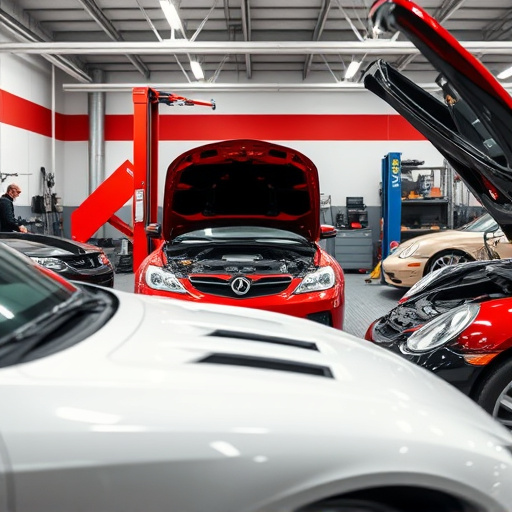
Before a PDR specialist arrives, it’s essential to prepare your vehicle for a thorough inspection. Start by washing and detailing your car inside and out; this visual presentation will help the specialist assess the damage accurately. Ensure all loose items in the vehicle are secured, as specialists may need to move things around during the inspection.
Check for any recent or existing repairs, such as dent repair or fender bender fixes, as these could impact the overall evaluation. Keep your vehicle in a designated parking area, free from obstacles, to facilitate easy access and maneuverability for the PDR specialist who will be inspecting various parts of your car’s exterior.
Preparing for a visit from a PDR specialist involves understanding their role in repairing dents, gathering relevant documents, and ensuring your vehicle is ready for inspection. By following these steps, you can effectively communicate your needs and achieve satisfactory results in restoring your vehicle’s appearance. Remember, a well-prepared visit paves the way for a successful collaboration with your PDR specialist.

